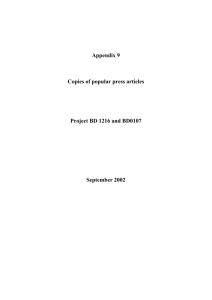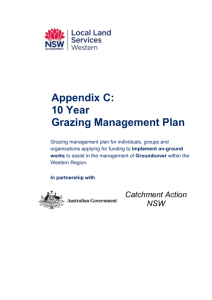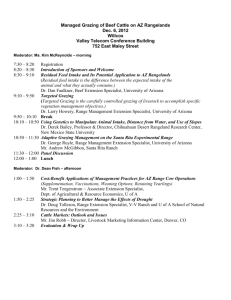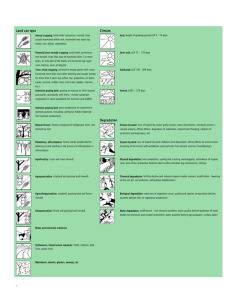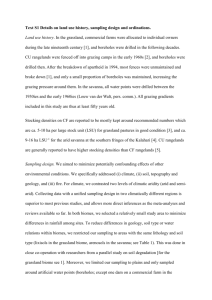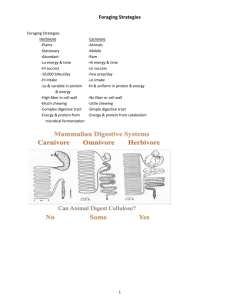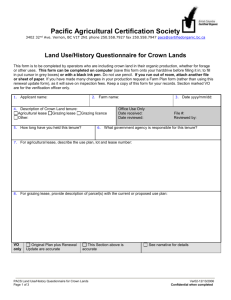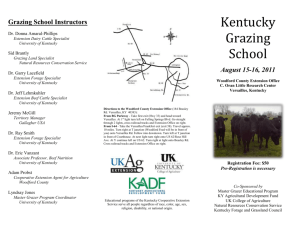here
advertisement
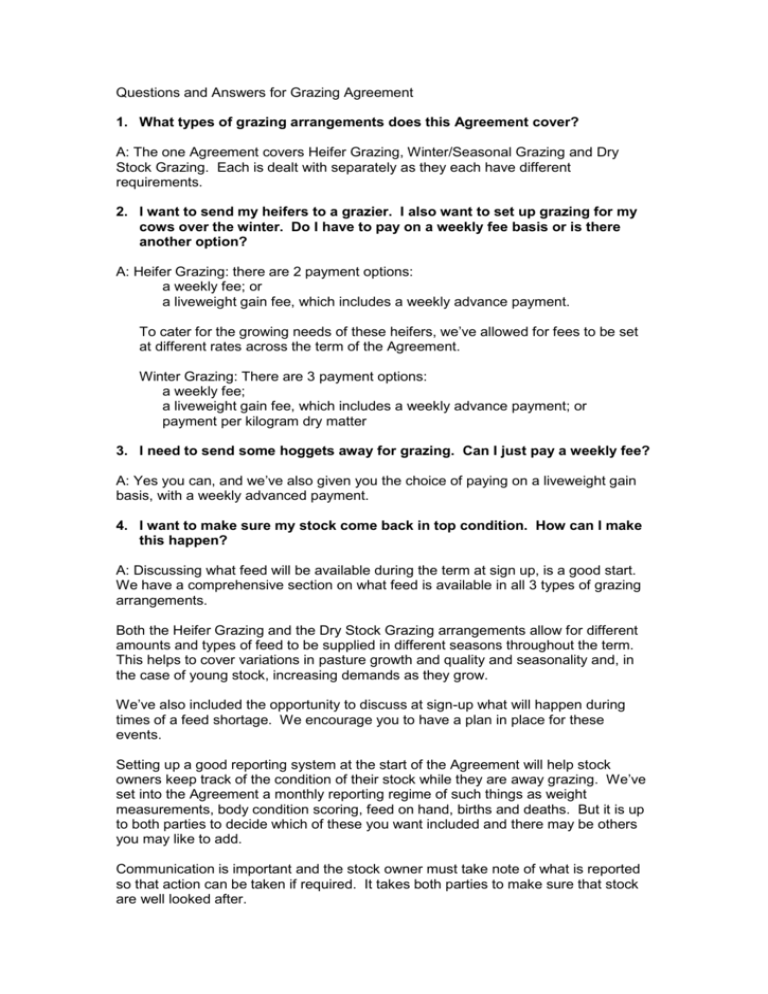
Questions and Answers for Grazing Agreement 1. What types of grazing arrangements does this Agreement cover? A: The one Agreement covers Heifer Grazing, Winter/Seasonal Grazing and Dry Stock Grazing. Each is dealt with separately as they each have different requirements. 2. I want to send my heifers to a grazier. I also want to set up grazing for my cows over the winter. Do I have to pay on a weekly fee basis or is there another option? A: Heifer Grazing: there are 2 payment options: a weekly fee; or a liveweight gain fee, which includes a weekly advance payment. To cater for the growing needs of these heifers, we’ve allowed for fees to be set at different rates across the term of the Agreement. Winter Grazing: There are 3 payment options: a weekly fee; a liveweight gain fee, which includes a weekly advance payment; or payment per kilogram dry matter 3. I need to send some hoggets away for grazing. Can I just pay a weekly fee? A: Yes you can, and we’ve also given you the choice of paying on a liveweight gain basis, with a weekly advanced payment. 4. I want to make sure my stock come back in top condition. How can I make this happen? A: Discussing what feed will be available during the term at sign up, is a good start. We have a comprehensive section on what feed is available in all 3 types of grazing arrangements. Both the Heifer Grazing and the Dry Stock Grazing arrangements allow for different amounts and types of feed to be supplied in different seasons throughout the term. This helps to cover variations in pasture growth and quality and seasonality and, in the case of young stock, increasing demands as they grow. We’ve also included the opportunity to discuss at sign-up what will happen during times of a feed shortage. We encourage you to have a plan in place for these events. Setting up a good reporting system at the start of the Agreement will help stock owners keep track of the condition of their stock while they are away grazing. We’ve set into the Agreement a monthly reporting regime of such things as weight measurements, body condition scoring, feed on hand, births and deaths. But it is up to both parties to decide which of these you want included and there may be others you may like to add. Communication is important and the stock owner must take note of what is reported so that action can be taken if required. It takes both parties to make sure that stock are well looked after. 5. I will be growing a crop to help feed those stock that are coming onto my property. What can I do if the stock owner decides not to send his stock to me? A: We have included a termination process and a dispute process. At the start of the Agreement the grazier can set in place a termination notice period, which could be a period of months, if that is what is agreed. This means that the stock owner will have to give that amount of notice to the grazier if they change their mind and want to keep their stock at home or send them elsewhere. If you want to use this clause it is important the agreement is signed at the time you plant your crop. The dispute process sets out clearly what needs to be done if there is a breach. If the stock owner decides not to send their stock to the grazier and the notice period set in the Agreement is longer than that which is actually given, then the grazier will be able to follow the dispute process in order to remedy the situation. 6. What can I do if I am concerned about the welfare of my stock? A: The stock owner can terminate the Agreement if they reasonably believe there are animal welfare concerns for their stock.
